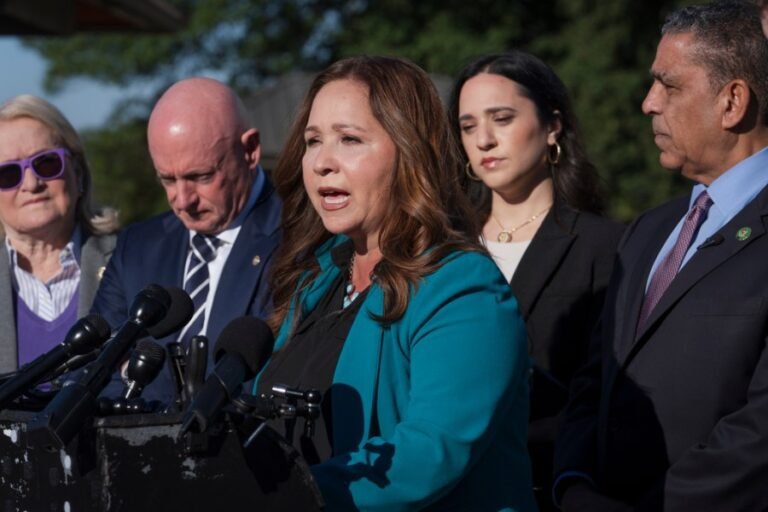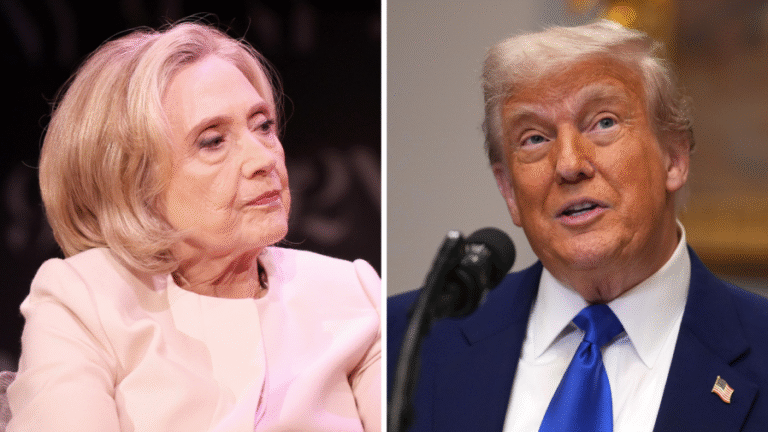
Health insurance is supposed to help families, not bully them. Yet when big insurers, or their lobby in Washington, don’t get the policy outcome they want, they reach for the same lever: higher premiums.
That isn’t care. That’s pressure — and patients feel it first.
We have seen this before. In October 2017, the administration cut off cost-sharing reduction payments. Carriers answered by “silver-loading” the next year, piling the missing dollars onto silver plans, and premiums jumped just as analysts warned. The Kaiser Family Foundation documents the shift; the Congressional Budget Office said that ending the payments would drive silver premiums up by about 20 percent in 2018, with federal costs rising through larger tax credits.
Now look at what’s being proposed for next year. For 2026, marketplace filings show the largest proposed hikes since that shock — by a median 18 percent, with carriers citing hospital prices, utilization, pricey GLP-1s and the risk that enhanced Affordable Care Act tax credits expire. Kaiser and Health System Tracker both flag the subsidy question in their filings, and national outlets tie those same credits to the current budget standoff in Washington.
Rates aren’t magic — they’re math. In a functioning market, you start with recent claims and unit prices, then project forward. We even built guardrails, with prior review of big hikes and the medical loss ratio, which says plans must spend 80 to 85 percent of premiums on care or else pay rebates. But those tools work only if they are enforced and visible.
Visibility is the problem. Public actuarial memos are often redacted; key tables arrive blacked out as “trade secrets.” Regulators might see big picture, but families and reporters usually don’t. If a carrier says “costs went up,” the public can’t just replicate the math based on what’s posted.
To be fair, hospital prices in many markets are high. Some drugs are extremely expensive. Health worker pay is up. Those forces are bound to show up in the math. But if a company wants a double-digit hike, it should show clear proof, in public, as to how much comes from higher costs, how much from higher use, how much from last year’s missed forecasts and how much from a policy change, such as an expiring subsidy. If you can’t show it, you shouldn’t charge it.
Insurers like to answer that the medical loss ratio prevents gouging because most premium dollars must fund care. But if premiums rise, 80 to 85 percent of a bigger number is still bigger. Total dollars go up, and the allowed administrative costs and profit slice grows in absolute terms.
The worst move is the one we keep seeing in plain sight: Extend the subsidies, to keep premiums from jumping. That would only shift attention away from the true drivers of cost and turn the public’s fear into a lobbying strategy. Right now, that strategy is at the heart of Washington’s spending stalemate, blaming the shutdown on Democrats’ demand to extend the enhanced Obamacare subsidies.
The part that should bother everyone is that the shutdown is being led in the same Senate chamber that never voted on a major bipartisan price-transparency bill that has previously passed the House. The Lower Costs, More Transparency Act cleared the House, 320 to 71 on Dec. 11, 2023, but the 118th Congress ended without Senate floor consideration. If the Senate can grind government to a halt over subsidies, surely it can spare an hour to vote on letting patients see prices.
It is backwards to use a shutdown as leverage for subsidies while burying price transparency. It helps lobbyists, not families.
There is a better path that puts people first. If an insurer asks regulators for a big premium increase, it should have to show its work in public, with plain English explanations with the numbers behind them, not redacted PDFs.
If a plan depends on a federal subsidy, it should have to file two rates — one with the subsidy, one without — and publish both side-by-side so that everyone can see who is loading what, and by how much. Big assumptions about prices should come with independent checks, especially for hospital contracts and high-cost drugs. And when a company blames “instability,” the filing should have to anchor the increase to actual recent claims, not vague warnings.
None of this is to deny that health care can be expensive. But premiums should rise for clear, proven reasons — not as a bargaining chip. If Washington wants stability, it shouldn’t be writing blank checks. It should fund transparency and enforcement, so that everyone can see the math and trust the results.
Families care about one thing most: the amount they pay each month. When that number jumps, they deserve an honest explanation tied to real history, not a threat tied to politics. Insurance should be pooling risk, not power. Shine the light, show the work and restore the trust.
David Balat is CEO of The Direct Care Alliance.






